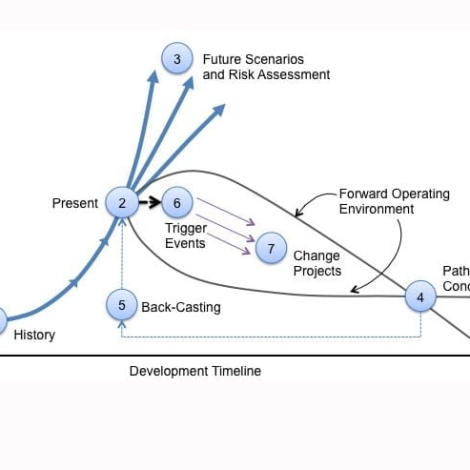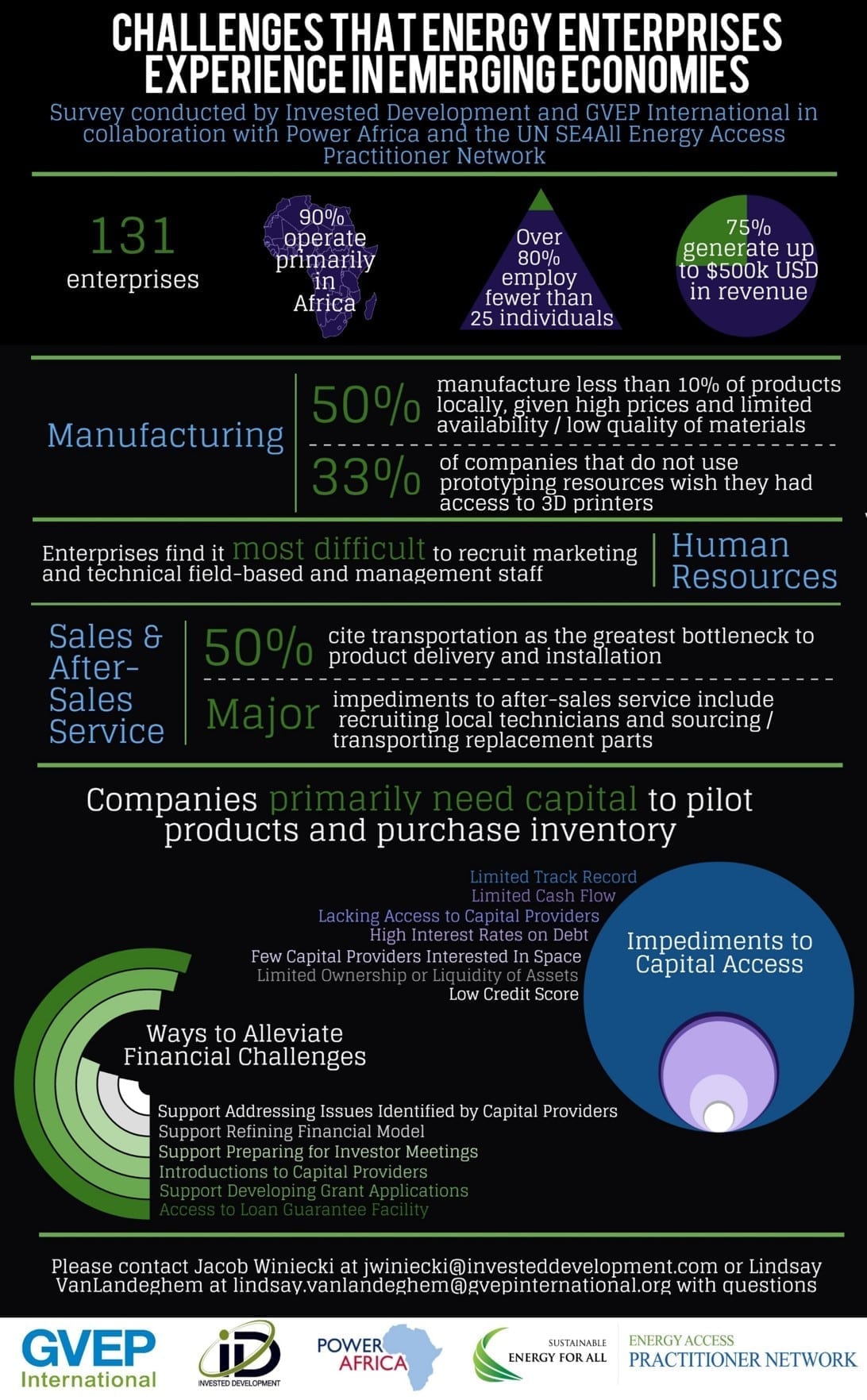The evidence is clear that the world remains on the worst-case-scenario, business-as-usual trajectory toward dangerous global warming well over 2°C (3.6°F). Society is expecting technology to solve the climate problem, but the only solution is leaving most of the known fossil carbon in the ground. Susan Krumdieck, a New Zealand-based engineering professor, outlines her work with Daniel Kenning, a UK-based sustainable energy engineer, on a new interdisciplinary practice called transition engineering; changing course one innovative project at a time.
The most popular concept of energy transition is a substitution of renewables for fossil fuels. The thought is comforting. But it is also profoundly wrong.
Business leaders recognize that the biggest risk to their business is energy transition. The most popular concept of the energy transition involves a substitution of renewables for fossil fuels and development of elusive tail-pipe technologies like carbon-capture and storage. This concept is comforting and simple. But it is also profoundly wrong. There is no way to achieve the energy transition without completely reworking every aspect of our infrastructure, industry and economy to vastly reduced energy demand. Changing the global economy to nearly eliminate the use of fossil fuels is a “wicked problem” – it has no known solution. That is why the new field of energy transition engineering is emerging.
Make no mistake – this is the biggest challenge the engineering professions have faced.
Can engineers change the world?
More than a century ago, safety engineering was started by a few people in New York. Safety engineering has few fundamental principles; honestly evaluating hazards, and preventing what is preventable. And yes, they changed the world. No one today would give up our safety protections. The revolutionary idea was to work on changing unsafe practices one project at a time. The idea has since been extended to environmental and waste management engineering. Now, we are taking on the biggest hazard of all time – our own successful exploitation of fossil fuels.
Make no mistake – this is the biggest challenge the engineering professions have faced. Leaving 2/3 of economically producible fossil fuel in the ground is a wicked problem. Transition engineering is revolutionizing the sustainability field by taking on global wicked problems one project, in one place, for one organization at a time. Transition engineers specialize in developing path-breaking projects that take an organization onto a new, post fossil carbon trajectory. Every project requires a radical brainstorm process and intimate knowledge of the organization’s current operations and technology. The approach has been tested on wicked problems like conference travel, oil company 150-year plan, and urban re-development beyond motoring.
Transition engineers specialize in developing path-breaking projects that take an organization onto a new, post-fossil-carbon trajectory.
Masters programs and classes are being developed at major engineering universities in the UK, France, Germany and New Zealand. Two engineering textbooks are available that teach the transition engineering methodology. The Global Association for Transition Engineering (GATE) was founded last month. Professional training and postgraduate research projects are currently available. Companies, government organizations, community leaders and engineering consultancies are welcome to contact the GATE to hire a Transition Engineer, arrange workshops or sponsor innovation brainstorm research projects. Examples of past projects are available to GATE members.
The GATE can now accept memberships and work to promote the transition engineering discipline, provide educational and collegial services, and develop best practice and standards for delivery of its objectives. Please check out the website – and join us: www.transitionengineering.org.
Dr. Susan P. Krumdieck is Professor in Mechanical Engineering, and Director of the Advanced Energy and Material Systems Lab, University of Canterbury, New Zealand.

